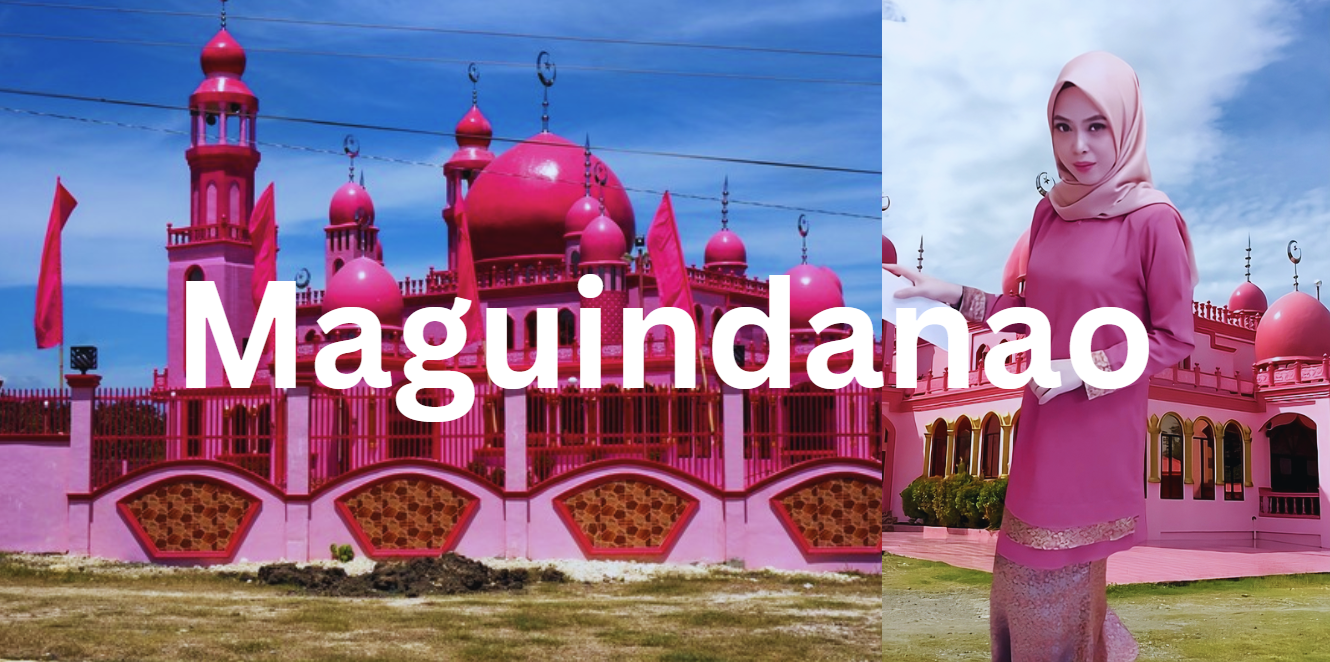
Maguindanao is a province located in the Bangsamoro Autonomous Region in Muslim Mindanao (BARMM)[1], which occupies parts of central Mindanao and the Sulu Archipelago. Its capital is the Municipality of Shariff Aguak.
Maguindanao has a land area of 9,729.04 square kilometers (3,756.40 square miles). According to the 2015 Census, the province had a population of 1,173,933, which constituted 31.05% of the population of BARMM, 4.86% of the population of Mindanao, and 1.16% of the total population of the Philippines. The population density is approximately 121 inhabitants per square kilometer (313 inhabitants per square mile).
History of Maguindanao
The Maguindanao people are one of the various groups of lowland Filipinos. Their ancestors are believed to have migrated to the Philippines from Southwest Asia several thousand years ago. Today, the Maguindanao primarily reside on the island of Mindanao in southern Philippines.
The name Maguindanao means “people of the flood plain” and refers to both the people and the region they inhabit. According to legend, Islam was introduced to the Maguindanao by Shariff Kabunsuan, a Muslim prince and a descendant of the Prophet Muhammad. The legend tells that Shariff Kabunsuan won converts through his wisdom, the appeal of his message, and his supernatural powers. He is also said to have married a local woman who was miraculously born from a stalk of bamboo.
People of Maguindanao
The Maguindanaon, or Maguindanaw, live in various provinces, including Maguindanao, North Cotabato, South Cotabato, Sultan Kudarat, and Zamboanga del Sur, with the largest population concentrated in Maguindanao. The name Maguindanaon means “people of the flood plain,” reflecting their residence in the broad Pulangi River valley and delta, areas that often experience flooding. The Pulangi River originates in the mountains and flows through the Liguasan Marsh and Lake Buluan.
Historically, the authority of Maguindanao rulers extended over a wide territory, from Sibugay Bay in the west to the coasts of Davao in the east. The name Mindanao was derived from the Maguindanao people and applied to the second-largest island in the Philippines.
The Maguindanaon practice Islam, which plays a significant role in shaping their way of life and social structure. At one point in history, the Maguindanao Sultanate exerted influence over southwestern Mindanao. Their socio-political system is closely related to the Sulu Sultanate, with three royal houses: Maguindanao in Sultan Kudarat, Buayan in Datu Piang, and Kabuntalan in Tumbao. All trace their lineage to Sharif Kabunsuan, one of the first Muslim missionaries, and Sultan Kudarat. The paluwaran code of the Maguindanao people includes rules and guidelines covering various aspects of life.
The Maguindanaon are celebrated for their Inaul fabric, which is handwoven and often interlaced with multiple colors, gold, and silver threads. The intricate patterns and colors reflect the richness of Muslim culture.
The Maguindanaon are divided into two primary groups, each with its own dialect and traditional location: the Tau-sa Ilud (people of the lower valley) and the Tau-sa Laya (people of the upper valley). The Tau-sa Ilud live in areas around Cotabato City, extending to South Dinaig. Historically, they were part of the Sultanate of Maguindanao, based near present-day Cotabato City. Their dialect features rapid intonations and a preference for using “d” over “r.” They are known for their wet-rice agricultural practices.
The Tau-sa Laya, on the other hand, are concentrated in areas around Datu Piang, extending southward to include Buluan. Historically, they constituted the Rajahship of Buayan, based near present-day Datu Piang. Their dialect is characterized by a slower cadence, a drawl, and the frequent omission of consonants between vowels. The Tau-sa Laya primarily practice semi-sedentary agriculture, growing corn and upland rice.


Leave a Comment